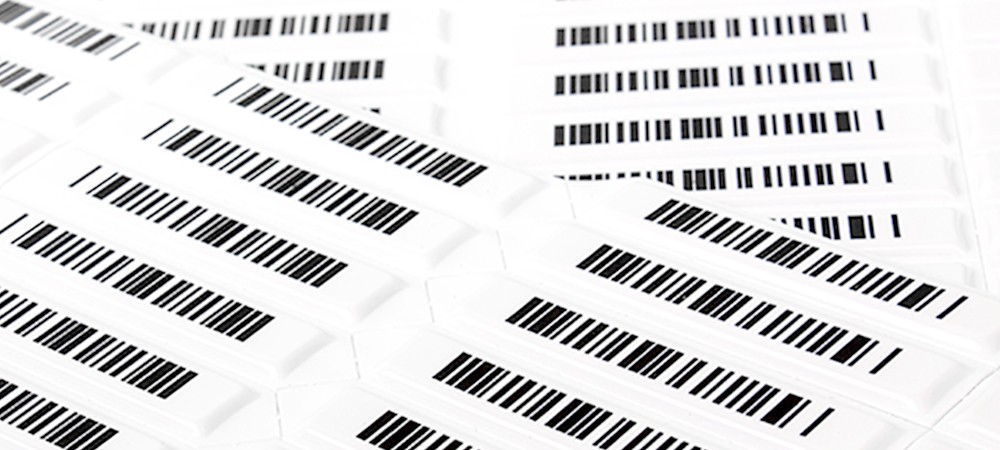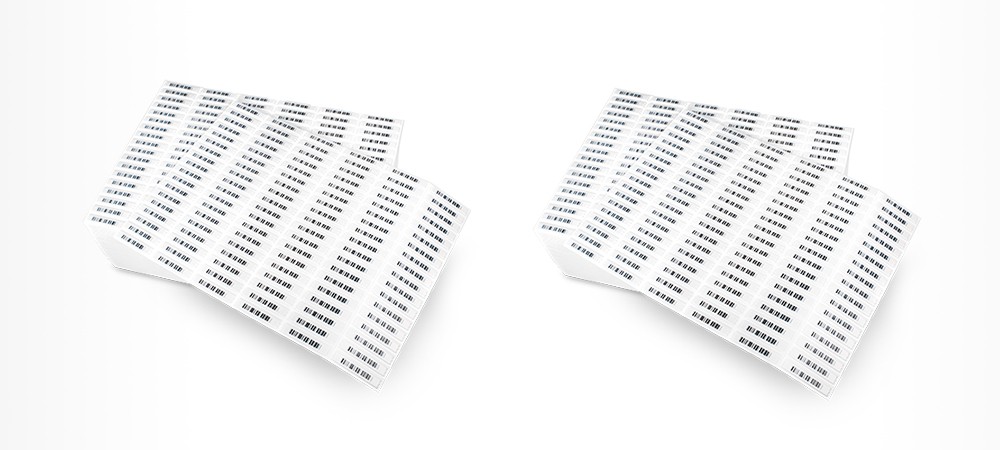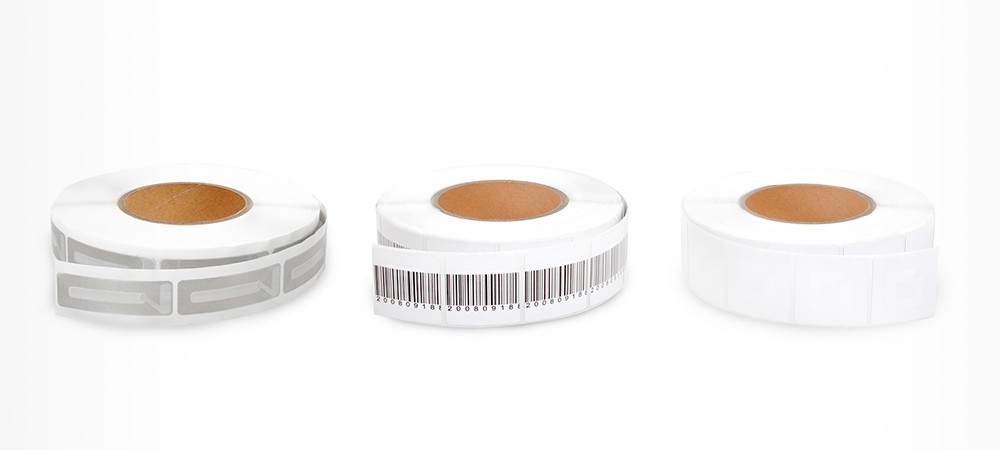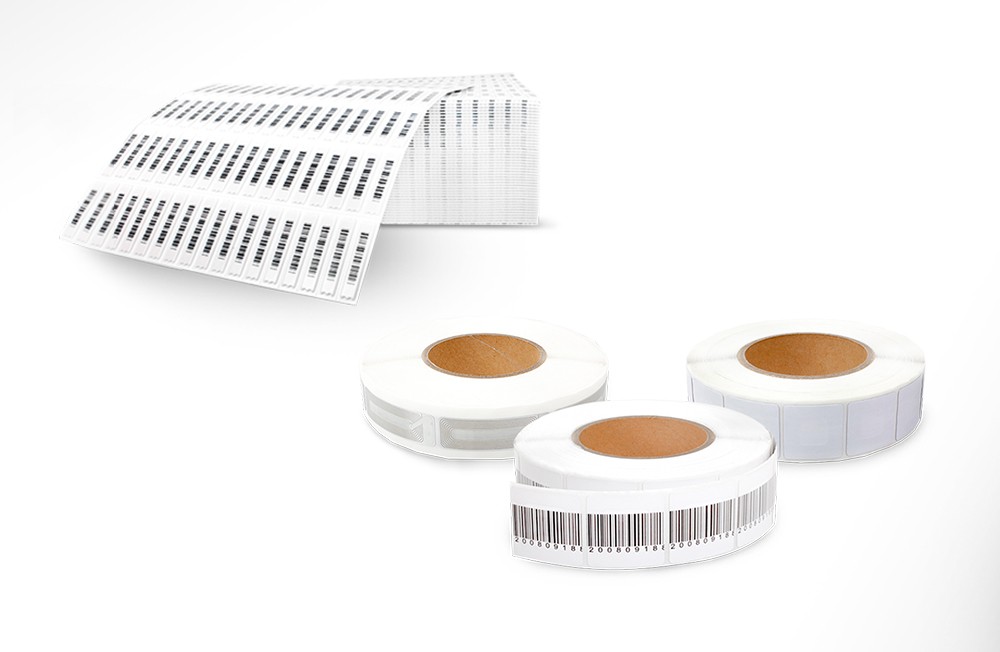Widely used by high-volume retailers including drug stores, hardware retailers, grocery stores and book stores, security labels are a highly affordable and effective way of employing electronic article surveillance.
Just like security tags, labels are affixed to items and guard them against theft by causing an alarm to sound when a product is being taken from the store.
Here are 15 facts you should know about security labels …
Part of EAS
Security labels are another component of the loss prevention strategy known as electronic article surveillance. Like security tags, these labels are affixed to products and guard them against theft. Labels are highly affordable, quickly applied and deactivated rather than removed at the Point of Sale.
Widely used
Mid last year, the National Retail Security Survey found 80.9 per cent of US retailers used EAS, with 46 per cent of retailers utilizing merchandise alarms/electronic security tags, and 34.9 per cent of retailers using acousto magnetic/electronic security tags
Highly effective
Electronic Article Surveillance (EAS) is considered the most successful, effective and scalable anti-shoplifting system available. After implementing an EAS system, retailers can expect an estimated 60-80 per cent decrease in external theft.
How labels work

Security labels house a small receiver within an adhesive sticker that can easily be affixed to products.
This receiver remains in constant communication with an EAS antenna, and when that label comes too close, an alarm sounds, alerting staff that an item is passing through the entryway.
Label uses
Security labels are used extensively by high-volume retailers due to their affordable nature and quick application. Labels are best suited to products which cannot feasibly or cost-effectively be protected by tags.
Two frequencies
EAS and its accompanying security labels are available in two frequencies – acousto magnetic AM and radio frequency (RF).
AM (Acousto Magnetic) systems operate at 58 kHz, which means a signal is sent out in pulses or bursts between 50 and 90 times a second while (RF) Radio Frequency or RF operates in a sweep at 8.2 MHz.
AM labels

AM labels offer a slightly raised profile, but the technology provides major benefits when it comes to protecting metallic goods.
AM labels are well-suited to the protection of merchandise with a high metal/foil content such as consumer electronics, cosmetics, hardware and pharmaceuticals.
When to use AM labels
AM labels are commonly found in:
- Drug stores
- Cosmetic stores
- Electronics retailers
- Hardware outlets
RF labels

RF labels are well suited to retailers with high volumes of packaged products which require a flat paper label that can even be printed on.
Supermarkets, discount stores, and video stores often favour RF systems, but caution should be applied when using for RF labels with metallic or foil products or packaging due to tag detuning and reduced detection.
When to use RF labels
RF labels are commonly found in:
- Grocery stores
- Video stores
- Book stores
- Discount stores
Source tagging
Labels can be applied at the point of manufacture. This offers efficiency for the retailer.
Labels can be printed on
RF labels can be printed on, allowing retailers to maintain security in addition to offering information such as barcodes and branding.
Labels can be printed on
RF labels can be printed on, allowing retailers to maintain security in addition to offering information such as barcodes and branding.
Barcodes incorporated
In a bid to offer greater efficiency at the Point of Sale, security labels are also available with the barcode pre-printed, so product information and security is catered to easily in a single label.
Different shapes and sizes
Security labels are available in a wide range of colours, sizes and shapes, with semi-transparent options also available to ensure they do not obscure vital information on the packaging.
Deactivation
Labels are deactivated by breaking the circuit in the receiver, so they no longer communicate with the antenna. Deactivators can be installed beneath the counter at the Point of Sale or incorporated with the barcode scanner so they deactivate at the same time a product is scanned.
Products can then pass an antenna without sounding an alarm.
